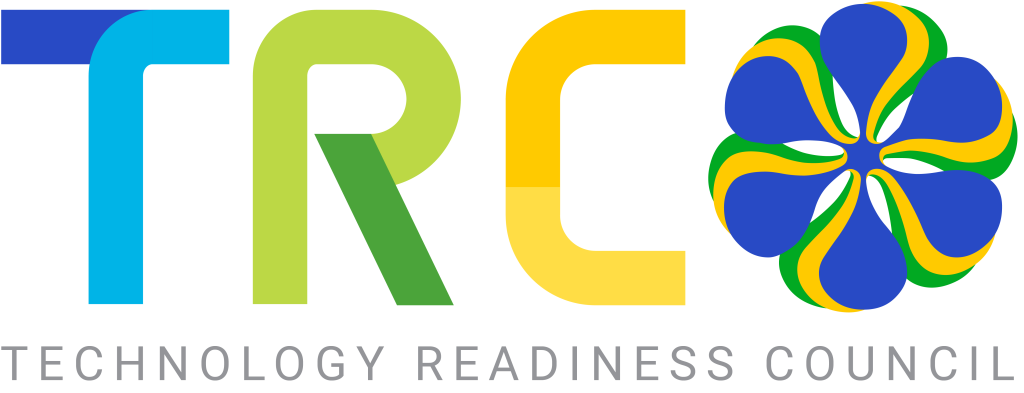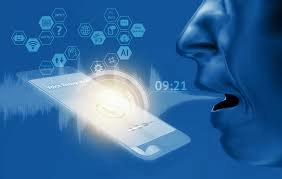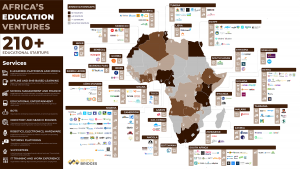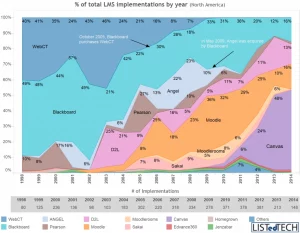In installment four of Student of the Business, we examine how, for decades, there has been a promise that virtual and augmented reality (VR and AR) would create new teaching and learning opportunities. On the 23rd of May, 1995, Apple Research Labs Publications released a Technical Report #125 entitled “Volumetric Hyper-Reality, A Computer Graphics Holy Grail for the 21st Century Technical Report #125.”
In his paper, Gavin Miller writes: “Three-dimensional computer graphics has had two major goals since its invention as an area of endeavor. The Use of Immersive Technologies – Tech Services https://techblog.isb.be/use-of-immersive-technologies/first goal is to create ever more realistic depictions of objects, often termed ‘photorealism.’ The second goal is to provide systems rapid enough to display real-time imagery. Usually retracing the steps towards photorealism, real-time systems have been expensive and somewhat domain-specific. In recent years, however, real-time systems have become cheaper and more powerful. In a few years, many desktop computers will have the power of multi-million dollar flight simulators from a decade ago.
Twenty-five years ago, Apple was chasing the hope that technology would become more affordable and available, and we all expected to see their usage increase dramatically in K-12 education. Today, these technologies have arrived, and virtual and augmented realities allow teachers to evolve STEAM subjects in an immersive experience. The power of bringing augmented and virtual realities to your school is not in the purchase of commercial products designed by content providers so our students can consume lessons. AR promises to provide opportunities for students to create content that supports subject areas within a curriculum. Student-created reality must be the goal, not merely purchasing and deploying commercial solutions for student consumption.
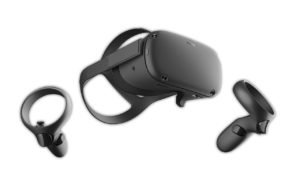
In my day job, my team within Technology Services tested two VR technologies. Initially, we wanted to understand how our theatre department could virtually see what a set design would look like when the structure, built using Google Sketchup, looked. However, we have learned how to add 3D designed built using student-crafted plasticine, scanned into the computer, and export into a digital “world” helped students understand how to model in a virtual world. While testing these two specific 3D VR Gaming Headsets, we are not committed to using this exact tool.
Augmented reality is getting a tremendous amount of funding from Apple Inc., and that funding has brought with it a tremendous amount of innovation for the classroom. While Apple has had its eye on the AR-prize for almost thirty years, the combination of the iPad’s hardware, powered by APP technologies’ strength, the teacher has more tools to increase their use of immersive technologies. No longer hardware limitations prevent AR’s immersion into teachers’ lessons; it lacks understanding of how to augment learning most appropriately. That is the challenge for us these next ten years.
